Recurring Nightmares
- Deepak Prasad Adhikari
- 15 Sep, Tuesday, 2020 | 16:10:00 Published

A perception still exists amongst a group of people that a disaster batters us when a god becomes irascible. This type of irrational belief further exacerbates the situation when a hazard turns out into a disaster. It is very difficult to know the exact date when disasters started to hit us but many reports and articles are found to have delineated "Since our immemorial, we have been facing a wrath of disasters." It's very difficult to comprehend the meaning of immemorial in this context. Nevertheless, we can reassume apparently that disasters began from formation of the earth. While delving into the date of the earth's formation, a NASA's website has mentioned that it was formed 4.5 billion years ago. Further, with my astonishment, I dawdled into finding how many incidents of disasters have been reported since the formation of the earth but may attempts went futile.
Most of the incidents of disasters flashes into our memory being much harsh and some render us so badly that we see no hope of living and life goes despair. While the wound of the Gorkha Earthquake, 2015 is yet to be healed; we have been again hit deadly by COVID-19. Millions of people passed away and hundreds and thousands of infected people are battling with life and death. It has not only posed a threat to public health but also has impacted all sectors severely. The impact has already started to surface in number of sectors like tourism, trade and production linkages, supply and health. The subsequent lockdowns, coupled with the lack of contingency plan has inflicted appalling hardships on migrant workers and the poor and vulnerable. Similarly, businesses are facing financial stress.
Eleven people were killed while 27 others went missing in a landslide at Jugal Rural Municipality in Sindhupalchok district on August 14, 2020. The villagers had informed the people's representatives that they be reallocated but it went unnoticed. Many lamented that the tragedy could have been averted if they had paid attention to the locals.
Sindupalchock faced with one tragedy after another. Many people have been forced to lose their precious lives in the subsequent landslides. On 13th September, at least 11 people died and 20 others have gone missing when a landslide caused by heavy rainfall struck Ghumthang in Bahrabise Municipality Ward No 7, Sindhupalchok. Some of the reliefs that have been airlifted and is being carried on the road may suffice for some days but only those who are in pain know it well. Many hopes die, many promises fly in the air, many become false stories. But, let's not forget that some of the hopes have come true.
The Constitution of Nepal (2015) has spelled out in its Directive Principles, Policies and Obligations of the State (Clause 51) about disaster management as to make advance warning, preparedness, rescue, relief and rehabilitation in order to mitigate risks. The constitution has given the list of concurrent powers of federation, state and local level focusing on early preparedness for, rescue, relief and rehabilitation from, natural and human-made calamities for disaster management in Schedule-7, 8 and 9 (Constitutional Assembly Secretariat, 2015).
The Local Government Operation Act (LGOA) 2017, empowers local bodies to govern themselves. As indicating functions, LGOA authorizes to take the functions with respect to DRR by local bodies. The delegated functions are local level policies, legislation, standards, plan implementation, monitoring and evaluation related to disaster management; disaster preparedness and response plan, early warning system, search and rescue, advance store of relief materials, distribution and coordination at local level; Local embankment, river and landslide control, river management and evaluation; hazard mapping and identification of settlements at risk and transformation; coordination between federal, state and local level and local community organizations and coordination with private sector in order to disaster management; establishment of disaster management fund and operation and utilization of resources; plan formulation, implementation, monitoring and evaluation for disaster risk reduction; resettlement and rehabilitation after disaster; data management and study and research about local level disaster; development of local emergency work operation system; and Implementation of community based disaster management.
Disaster Risk Reduction and Management Act, 2017 has made provision of effective disaster risk management throughout the disaster management cycle-preparedness, response and rehabilitation and mitigation. As provided in the act, the roles and responsibilities of the local government will be: design and implementation of local disaster management plan, allocation of budget for disaster reduction, Coordination of public, private, NGOs, local volunteers and social mobilizers to conduct disaster management activities, implementation of building codes and standards/guidelines , formation of disaster preparedness committee at ward and community level , training about mock-drill, management of rescue and relief at affected areas, establishment of disaster management information system and installation of Early Warning System (EWS), activate the emergency operation center (EOC) at local level.
The National Strategy for Disaster Risk Management, 2009 has aimed to develop the resilient community by identifying five priority areas for disaster risk reduction. In line with the Hyogo Framework (2005-2015), this strategy set a vision of “Disaster Resilient Nepal”. It has motivated to mainstream Disaster Risk Reduction in the process of formulation and implementation of sectoral development plans and encouraged for development and strengthening of institutional mechanism, capacity building, effective implementation of emergency preparedness, responses and recovery programs.
Entrusting the roles and responsibilities to the local governments may not be a lasting solution. Thus, it is an urgent need that the concerned authorities execute them assimilating the feelings of those vulnerable people. Thus, it is a high time to bring all the stakeholders in a single umbrella to avert the consequences of other potential disasters.
Adhikari is serving in Transboundry Flood Resilience Project in South Asia.


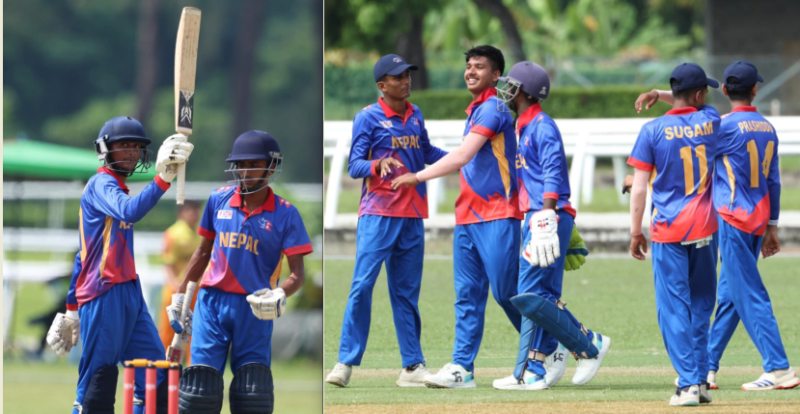
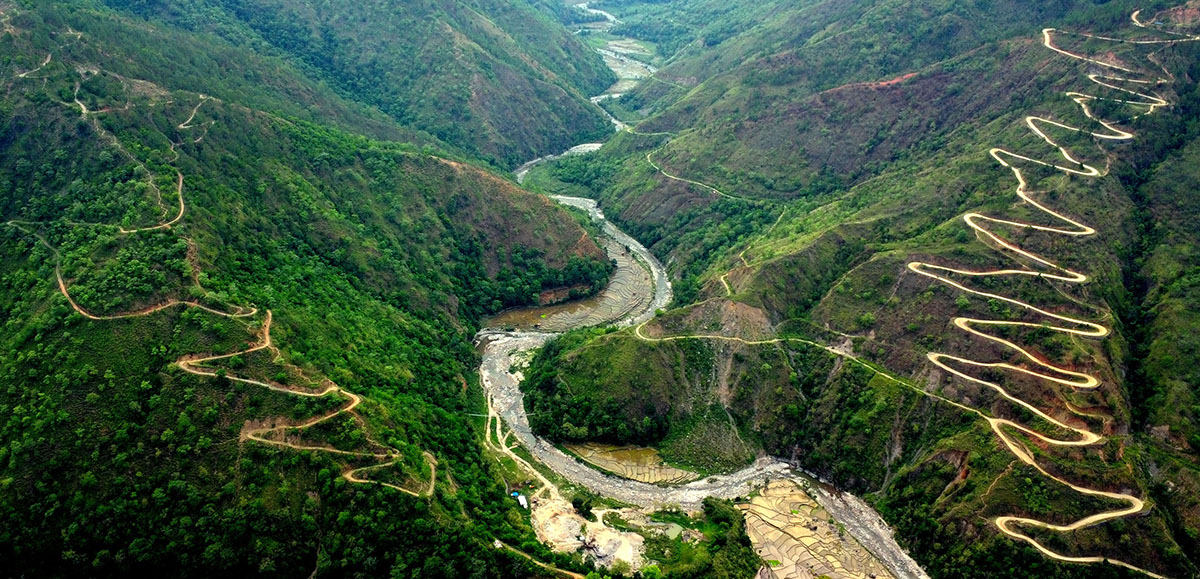
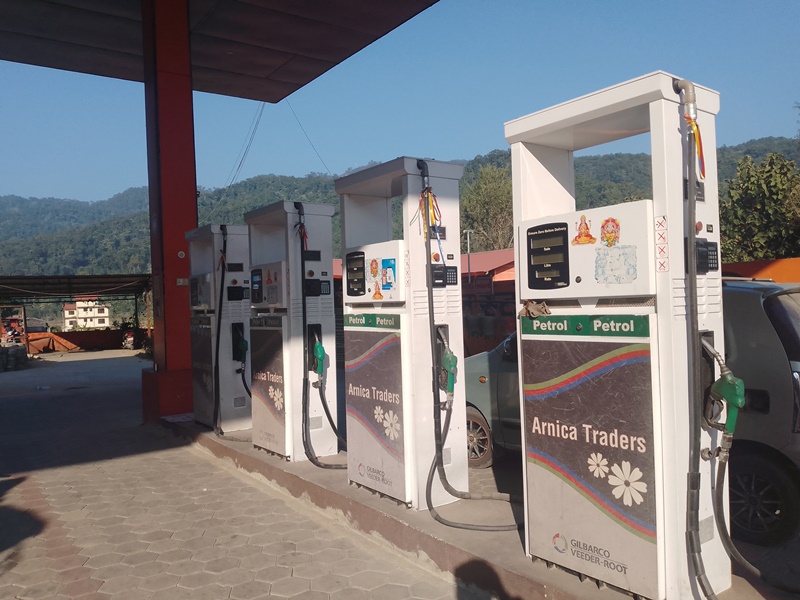
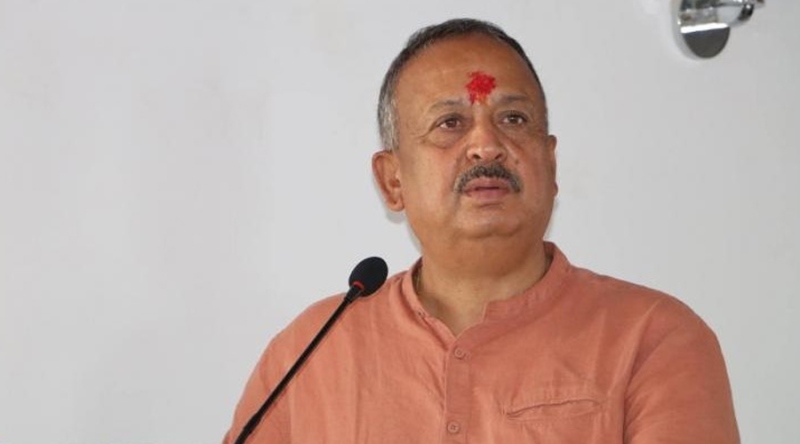

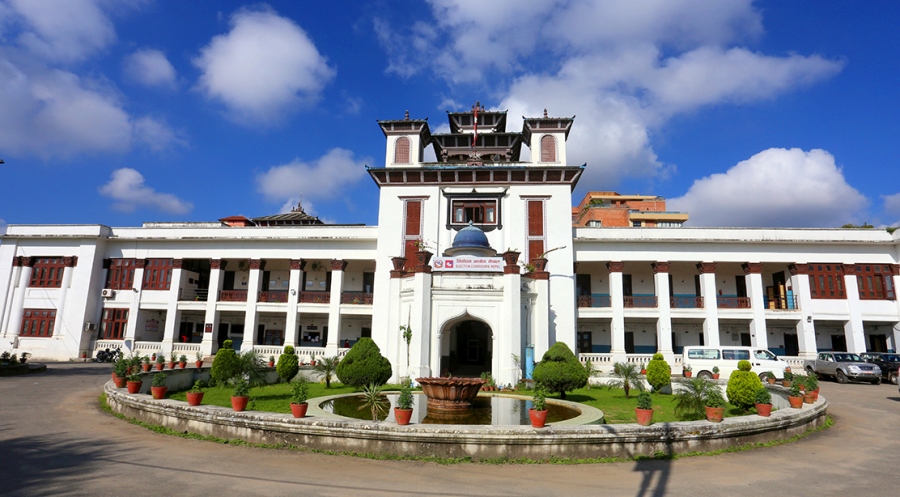
प्रतिकृया दिनुहोस